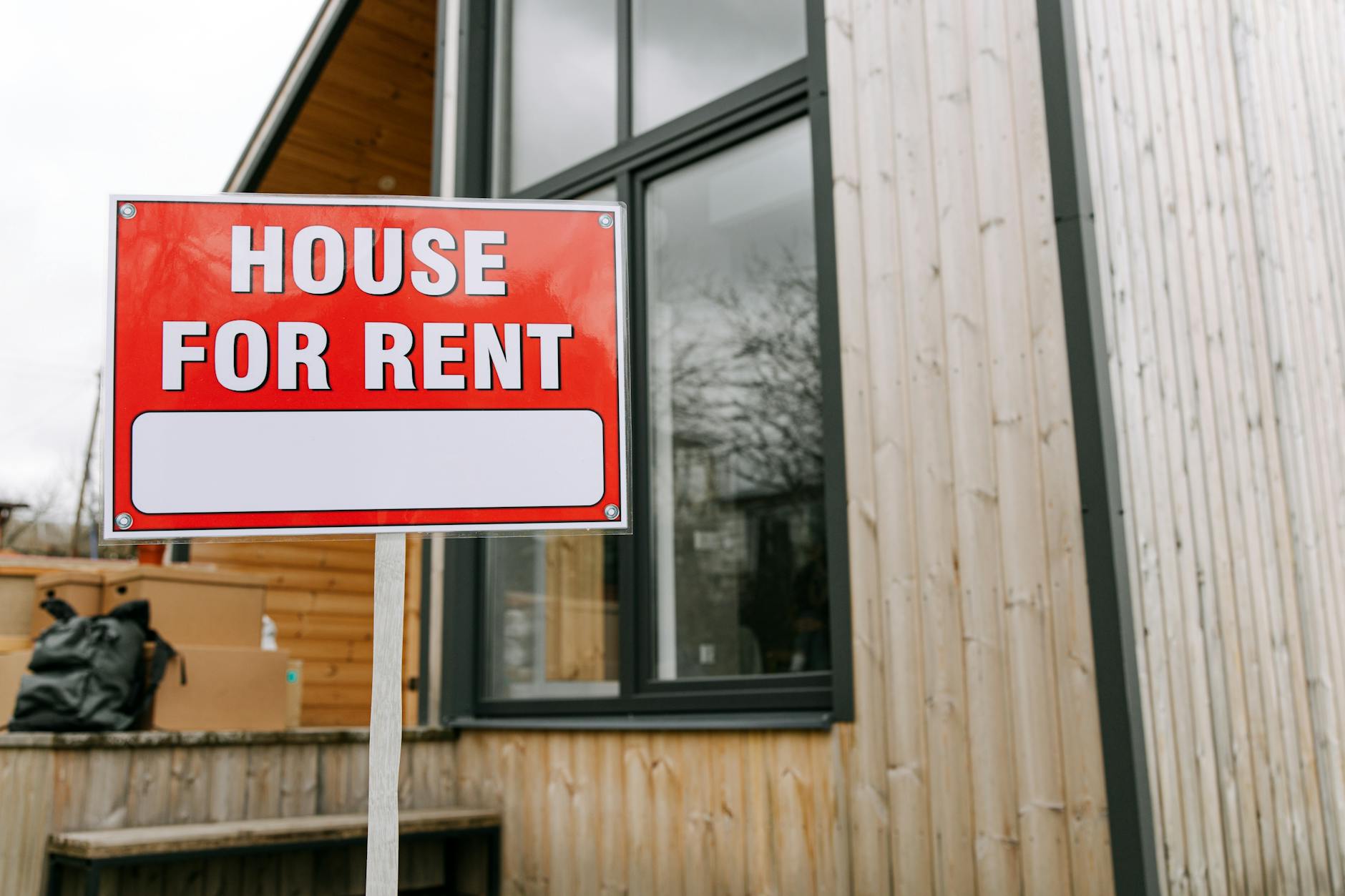Effective Strategies for Section 8 Tenant Applications and Landlord Support
Effective strategies for Section 8 tenant applications and landlord support are essential components of a successful rental property management experience. Navigating the Section 8 Housing Choice Voucher program can be complex for both tenants seeking affordable housing and landlords looking to maximize occupancy while ensuring compliance. This article explores practical approaches to improving the tenant application process and creating a supportive environment for landlords participating in the program. By understanding the unique requirements and challenges involved, property owners can streamline applications, reduce turnover, and foster positive landlord-tenant relationships. Likewise, tenants benefit from clearer guidance, prompt processing, and cooperative communication. Together, these strategies lead to efficient housing solutions that meet regulatory standards and community needs.
Understanding the Section 8 application process
Grasping the fundamentals of the Section 8 application process lays the foundation for effective landlord and tenant interactions. Applicants must first meet income and eligibility criteria set by local public housing agencies (PHAs). They typically submit documentation such as proof of income, family size, and identification. Landlords, on the other hand, need to understand voucher requirements, inspection protocols, and lease agreements stipulated by the program.
Clear communication about timelines and documentation expectations reduces confusion. For example, landlords should inform tenants about property conditions, rent limits, and the inspection schedule. Similarly, tenants benefit from detailed instructions about how to complete their applications timely and accurately.
Streamlining documentation and qualification verification
One major bottleneck in Section 8 applications is the verification of tenant eligibility and property compliance. Implementing digital tools for document submission can accelerate this phase. For landlords, establishing a checklist of necessary documents—such as the HQS (Housing Quality Standards) inspection report, signed lease, and voucher approval—helps ensure readiness.
Public housing agencies can also improve turnover by adopting pre-screening and automated reminders. This reduces missed deadlines and incomplete files. Tables like the example below assist landlords in organizing required paperwork:
| Document | Responsible party | Purpose |
|---|---|---|
| Income verification | Tenant | Confirm eligibility based on income limits |
| Property inspection report | Landlord / PHA inspector | Verify property meets HQS standards |
| Lease agreement | Landlord and tenant | Establish rental terms in compliance with Section 8 |
| Voucher approval notice | PHA | Authorize rent subsidy for tenant |
Supporting landlords through incentives and communication
Landlords often hesitate to participate in the Section 8 program due to concerns about bureaucratic delays or property damage. Creating a support system that offers incentives and clear channels for dispute resolution encourages more landlords to join. Benefits such as guaranteed monthly payments from PHAs, reduced vacancy rates, and potential tax credits can be highlighted.
Effective communication includes offering landlord workshops, designated contacts within housing agencies, and transparent timelines for inspections and payments. A proactive landlord support network helps address issues before they escalate, improving retention and satisfaction.
Enhancing tenant experience and retention
Successful Section 8 programs also focus on tenant education and engagement. Providing prospective tenants with informational sessions about their rights and responsibilities, orienting them on the application timeline, and clarifying landlord expectations improves their confidence during the process.
Ongoing tenant support, such as responsive maintenance and lease renewal assistance, promotes long-term tenancy and reduces costly turnovers for landlords. When tenants feel supported and informed, they are more likely to maintain good standing, which benefits all parties involved.
In conclusion, effective strategies for Section 8 tenant applications and landlord support revolve around understanding and streamlining complex processes, ensuring thorough documentation, and fostering open communication. By demystifying the application process and offering clear guidelines, landlords can more confidently participate, securing steady income while providing affordable housing. Simultaneously, tenants gain clarity on program requirements and access resources that improve their rental experience. Providing incentives and building proactive support networks for landlords reduces reluctance and promotes collaboration. Ultimately, aligning the interests of tenants, landlords, and public housing agencies creates a sustainable ecosystem where affordable housing is accessible, managed efficiently, and maintained with mutual respect. These integrated strategies pave the way for increased program success and satisfaction on all sides.
Image by: Ivan Samkov
https://www.pexels.com/@ivan-samkov
editor's pick
latest video
news via inbox
Nulla turp dis cursus. Integer liberos euismod pretium faucibua

